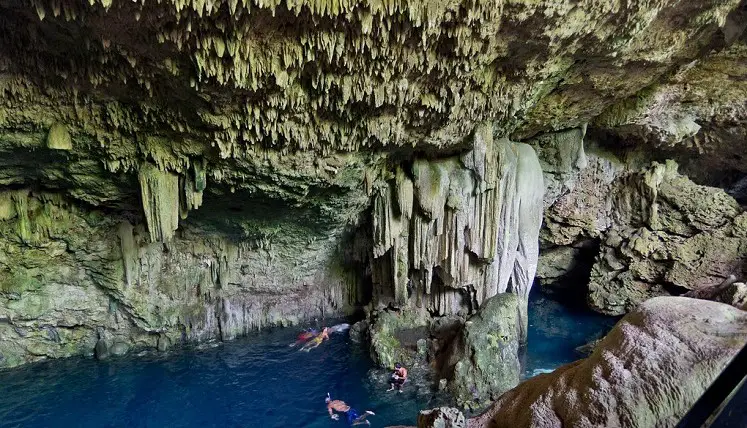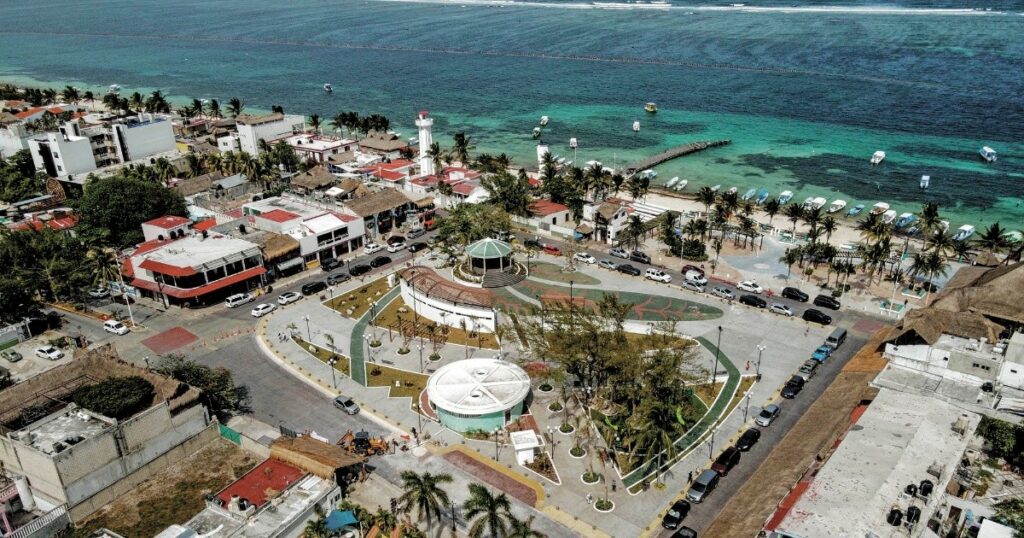MADRID, Spain.- Among the attractions of nature tourism in Cuba, both local and international, is the existence of renowned caves throughout the country. Among these, the Cueva del Indio, the Cueva de Santo Tomás, the Bellamar and the Saturno caves stand out.
Indian Cave
Located on the banks of the San Vicente River, north of the city of Vinales, in the province of Pinar del Río, it has impressive stalactites and stalagmites, as well as peculiar cave paintings.
It is believed that it functioned as a mortuary enclosure, where the natives developed their funeral rites. In 1911 human remains were found in the place, which presumably belonged to a Cuban indigenous community.
Santo Tomas Cave
Also in the westernmost province of Cuba, in the Sierra de Quemados and near the town of El Moncada, is the cave system of Santo Tomás; the largest in the country. In 1989 it was declared a National Monument.
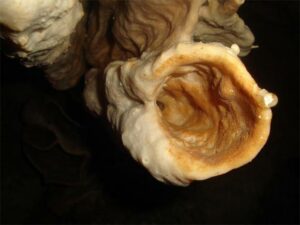
Bellamar caves
They are one of the most visited every year in the country. It is located about five kilometers southeast of Matanzas. At its entrance there is a small museum. Stalagmites, stalactites and helictites abound. Inside, remains of birds and vertebrate animals from the Quaternary era have been found.
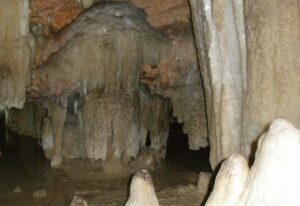
saturn cave
It is located about 12 kilometers from Matanzas. Inside there is a small lake where you can see species of Cuban aquatic fauna. In addition, in these waters it is common to practice diving and snorkeling.
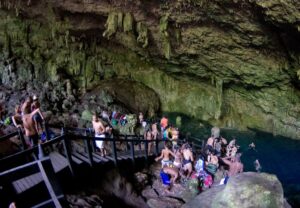
Most recent cave discovered in Cuba
In recent days, Cuban speleologists discovered a small cave in the town of Fomento, Sancti Spíritus province.
It is located in the foothills, in the vicinity of El Pedrero and its existence was learned from information from the peasants of the area, who also served as guides to reach the place.
As explained to the local media Escambray researcher Bárbaro Pérez Colina, to access the site it was necessary to walk for two hours, clearing brush and ascending to the point where the cave is located.
“It is a kind of drain, about 30 to 40 meters deep, which shows a curious detail inside, which is that the stalagmites found are not on the ground, as is commonly the case, but on the sides, apparently because the dripping of the water caused a mantle on which they arose”, he specified.
It will undergo a more comprehensive study that includes the preparation of a research project and a map, with its hydrography, archeology and other characteristics related to the site.
According to the researcher, with this cave there are more than 100 found and studied by the Fernando Ortiz de Fomento speleo-archaeological group, founded in February 1982.

